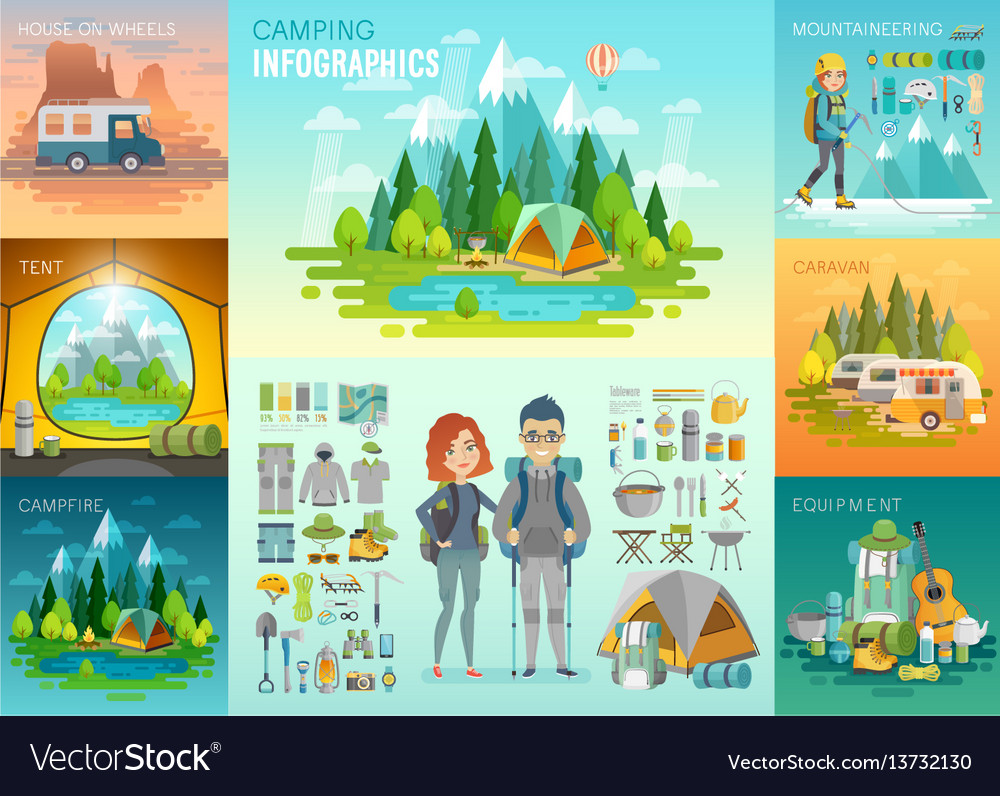Stargazing can be a fulfilling and relaxing hobby. It promotes mindfulness and links us to nature, particularly in immaculate environments like remote mountain tops and deserts where light contamination is marginal.
What is the lightest 2 person backpacking tent?
The very best time to stargaze is during the fall and wintertime, when temperatures are milder and weather are a lot more stable. Bring a camping tent and resting bag to stay comfortable while seeing the celebrities.
Prepare Ahead
If you haven't been daydreaming for a while, it is essential to get comfy before you start seeking out. Plan ahead by using cozy garments, bringing extra layers (even in high summer the UK can be freezing), and packing a thermos of something hot to consume alcohol.
Ideally, find an area far from city lights. You'll have the ability to see even more stars and earths without the disturbance of light contamination.
You don't need to bring a telescope or field glasses to delight in the stargazing experience, although they can help you see more information of celestial objects. You can even utilize your smart device to spot planets, stars, constellations and galaxies with a daydreaming app. Simply remember that the celebrities can be difficult to see on a bright phone display.
Bring Comfy Garments
When daydreaming, it's essential to clothe warmly. Also in summer, evenings can be freezing, so wear layers and a hat to shield on your own from the aspects.
Think about bringing a thermos with hot cocoa or coffee to remain invigorated as you stare at celestial bodies. It also helps to have a canteen so you can remain hydrated while you observe.
Find a place far from city lights and near wide-open countryside. This will certainly help in reducing light contamination and make it simpler to see celestial objects. Preferably, try to plan your stargazing journey around the moment of a new moon or within three days before and after. This will certainly supply the darkest skies feasible, excellent for observing celestial objects and sensations. Bring a map, compass or general practitioner device to browse to your watching place and prevent getting lost.
Bring Snacks
If you're mosting likely to be out in the elements for a long period of time, be prepared with comfy seats and snacks. You could remain for a few hours at the top of your stargazing experience, so having some chairs or blankets to sit on can make the evening much more pleasurable.
You may want to bring a headlamp, however if you do, make certain it's red so you don't interrupt other stargazers with your routine light. Your eyes need to adapt to the darkness, and utilizing a normal light will disrupt this procedure.
A flask of a warm beverage is additionally a great idea-- you can get cozy in your covering with some tea, hot cacao or even coffee! Just make certain to pack the recyclable containers so you're staying hydrated.
Bring a Telescope or Binoculars
Stargazing is a task that involves standing in a dark location for long periods of time, so it is very important to make sure you fit. A great way to do this is by bringing a reclining chair or blanket to being in. This makes the experience a lot more satisfying and permits you to focus on the celebrities instead of your aching back!
For advanced stargazers, a telescope can be an excellent device to have. A simple reflector live in tent or compound telescope can be sufficient to observe the moon's craters, the rings of saturn, and also some bigger galaxy and galaxies.
Binoculars are additionally an outstanding choice to telescopes. They are portable, economical, and easy to use, and can aid you see a great deal more than what your nude eye can manage by itself.
Strategy Your Journey
An effective stargazing experience calls for mindful prep work. Dressing suitably, bringing warm beverages and comfortable seating (like reclining chairs or camping coverings), and notifying somebody regarding your journey information and anticipated return time are vital for safety.
Selecting the right location is also vital. Search for dark sky locations that are far from light contamination-- like national forests or marked dark-sky reserves. And strategy your visit throughout the new moon for the darkest skies.
Stay clear of making use of flashlights as much as feasible, since they hinder your capacity to see the celebrities-- and remember that it takes 20 mins for your eyes to re-adjust after each usage. If you do require to utilize a flashlight, take into consideration covering it with red cellophane to preserve your night vision. Additionally, be sure to research holy occasions like meteor showers or eclipses.
Can you camp in 50 mph winds?
